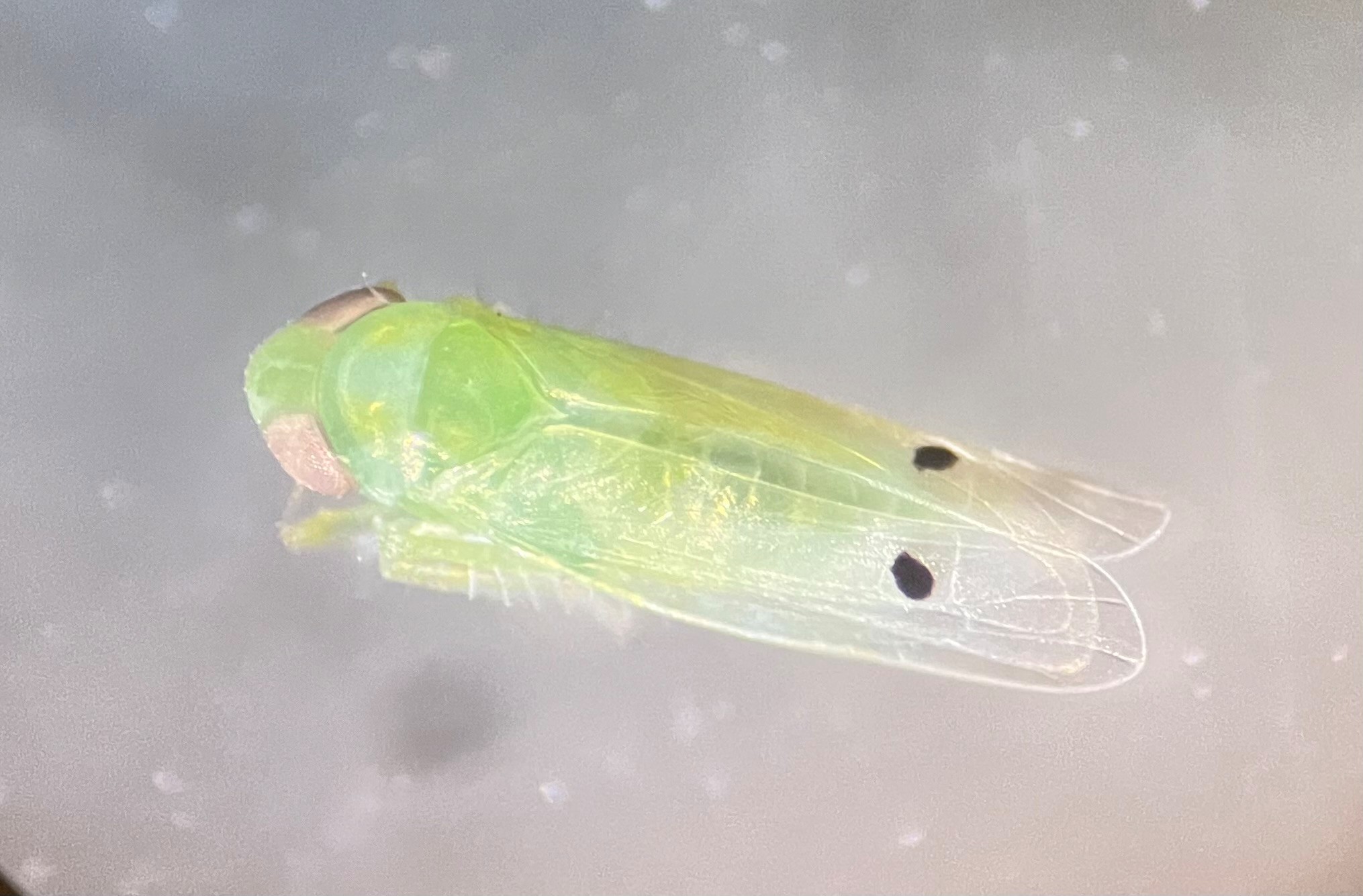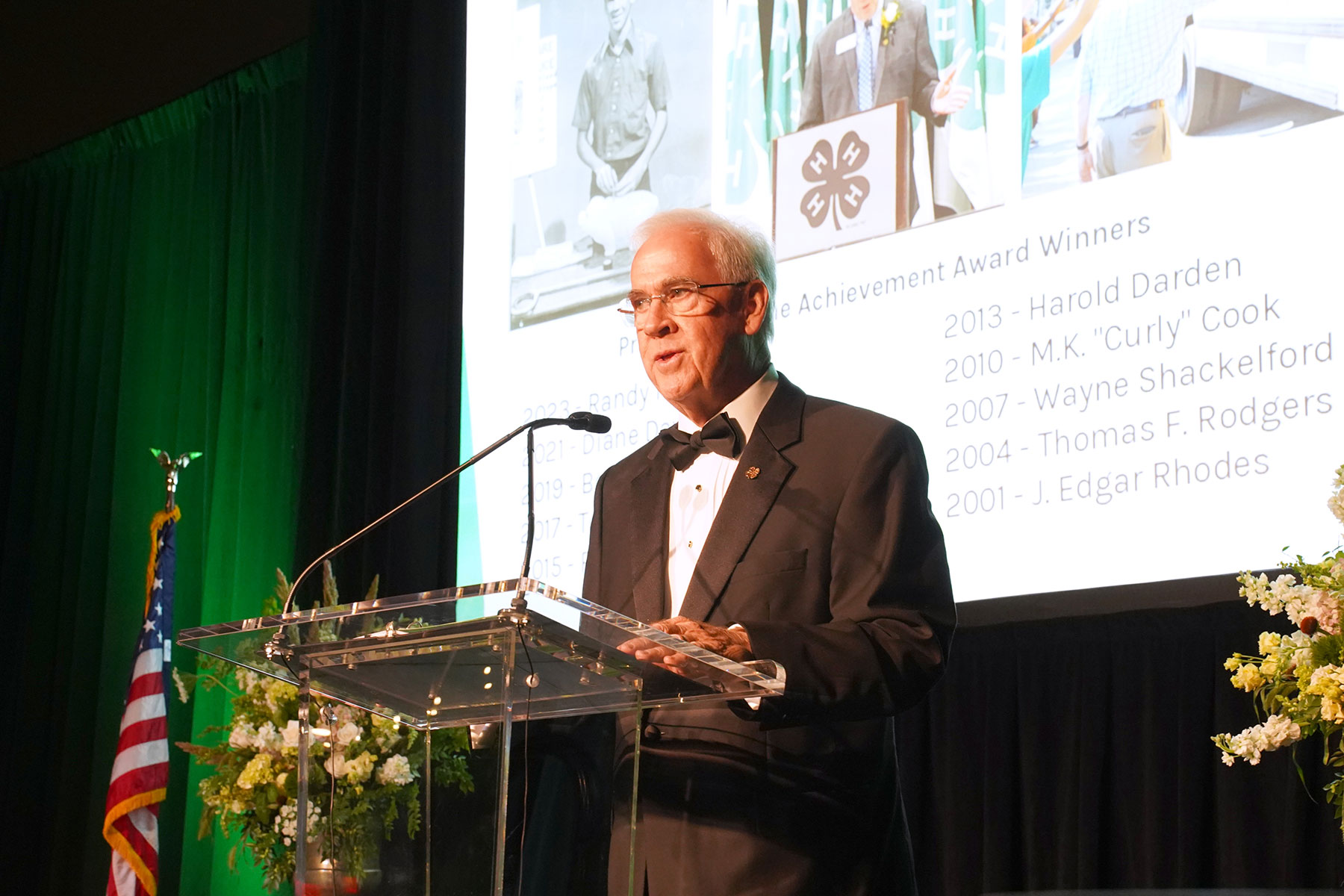By Stephanie Schupska
University of
Georgia
Georgia’s plant hardiness zones cover a wide range, from the
balmy climate of Savannah to the exhausting heat of Valdosta to
the frigid temperatures of Blairsville. Because of Georgia’s
climate extremes, a grass like St. Augustinegrass that grows
great in Tifton will have trouble surviving in Rome.
University of Georgia Cooperative Extension experts have taken
the guesswork out of picking a good grass for your lawn. Use the
guide below as you head to the lawn and garden store or before
you call a sod company.
Warm-season grasses grow best during the warm months when
temperatures reach 80-95 degrees in the spring, summer and early
fall. They grow vigorously during this time and become brown and
dormant in the winter.
Warm-season grasses:
- Prefer warm to hot temperatures (80 to 95 degrees).
- Grow best in summer.
- Have extended winter dormancy.
- Have poor shade and winter tolerance.
These types of grass include bermudagrass, St. Augustinegrass,
centipedegrass, zoysiagrass and seashore paspalum.
Cool-season grasses grow well during the cool months of spring
and fall when temperatures average 60-75 degrees. They may
undergo stress, become dormant or be injured during the hot
months of summer and may require significantly more water than
the warm-season grasses.
Cool-season grasses:
- Prefer cool to warm temperatures (65 to 75 degrees).
- Grow best in the spring and fall.
- Have limited winter dormancy.
- Have good winter tolerance and adequate shade tolerance.
These grasses include annual rye, poa trivialis, creeping
bentgrass, tall fescue and perennial rye.
For more research-based information on turfgrass, visit www.georgiaturf.com or
contact your local UGA Cooperative Extension agent at
1-800-ASK-UGA1.
(Stephanie Schupska is a news editor with the University of
Georgia College of Agricultural and Environmental Sciences.)



